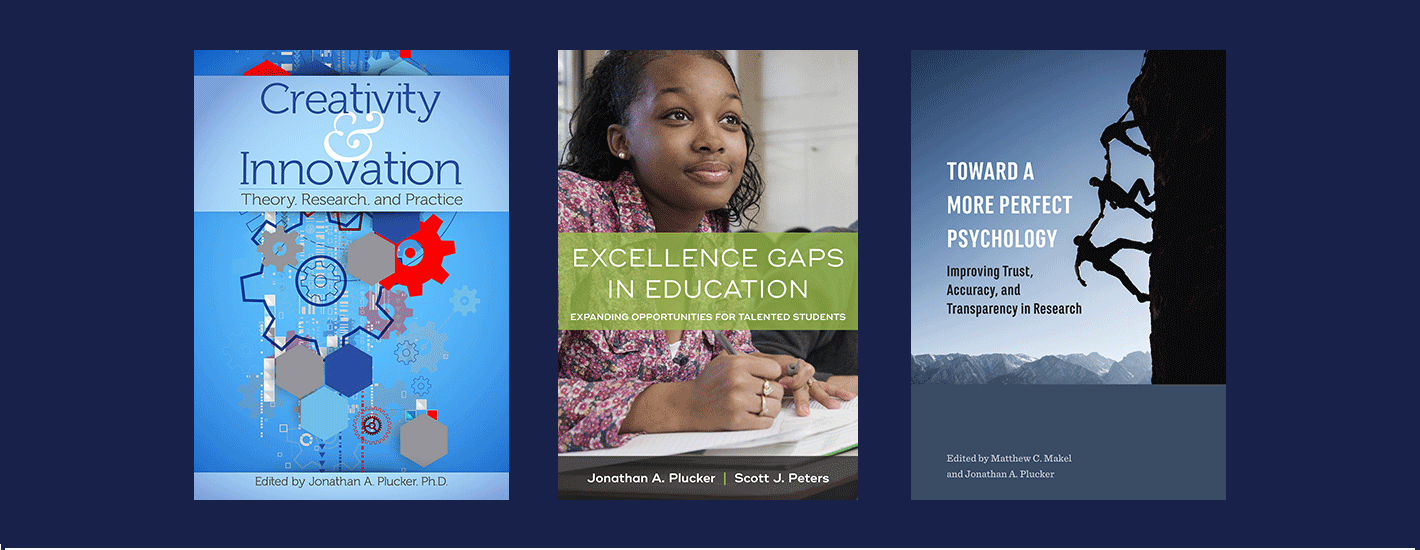Katie and Susan’s experiences illustrate the importance of addressing excellence gaps—differences in student performance at the highest levels of achievement. These gaps are both a cause and symptom of America’s growing inequality, yet they are rarely discussed by educators, policy makers, and the general public.
Inequality of achievement has been addressed in education primarily through the closing of minimal proficiency achievement gaps—differences in grade-level learning between less advantaged and more advantaged students. As a society, we have justified a focus on achievement gaps over excellence gaps by arguing that “a rising tide lifts all ships.” Empirically, there is little support for this supposition. Although there is some evidence that minimum competency gaps narrowed during the NCLB era, testing data suggest that excellence gaps have not shrunk; in fact, several measures of excellence gaps suggest that they have grown significantly over the past twenty years (http://cepa.uconn.edu/home/research/mindthegap/).
Increasing evidence suggests that strategies used to get students to grade level may hinder the process of getting students to advanced levels of performance (https://edexcellence.net/articles/leveled-reading-the-making-of-a-literacy-myth). Excellence gaps are distinct from other types of educational inequality and probably need a distinct set of interventions to mitigate them.
In our new book, we review several decades’ worth of research to identify the most promising strategies for shrinking excellence gaps. Our resulting intervention model is based on the concept of frontloading, which involves those activities that prepare students to take advantage of new, rigorous opportunities. For example, placing a student living in poverty into an AP Calculus class when she hasn’t been exposed to all of the necessary prerequisites skills will benefit no one; but placing that student into the AP class after a couple years of increasingly rigorous math classes and tutoring may be a very important opportunity for the student. Frontloading matters and interventions that follow in the vein of frontloading are the most likely to put a dent in excellence gaps.
Our larger model has six components:
• realistic opportunities for talent development in every setting;
• flexible ability grouping;
• K–12 accountability systems that give “credit” to schools that shrink excellence gaps;
• psychosocial interventions at the college level (we found little research supporting their use in K–12 settings);
• educator training on the needs of advanced learners; and—perhaps most importantly—
• the use of universal screening (testing every student, not just those nominated by teachers and parents, which also tends to miss talented poor and minority students) and local norms (essentially, looking for the talented students that exist within each school and community) to identify talented students.
All of these interventions are likely to foster above-grade-level skills with proactive attention to doing so in traditionally underrepresented populations. Students must be found before their talents can be developed, but in being a necessary first step, it is also insufficient on its own to close excellence gaps. These gaps exist (primarily) because of a lack of preparation and opportunity, and they will not close unless those opportunity gaps are narrowed by targeted, school-based interventions to seek out and develop talented students’ skills.
http://hepg.org/blog/making-the-elimination-of-excellence-gaps-an-educa
